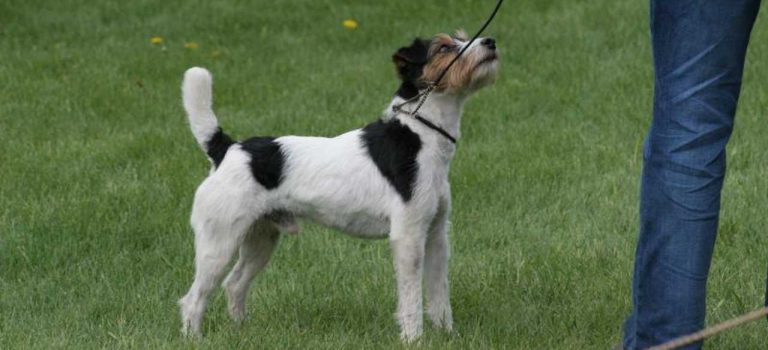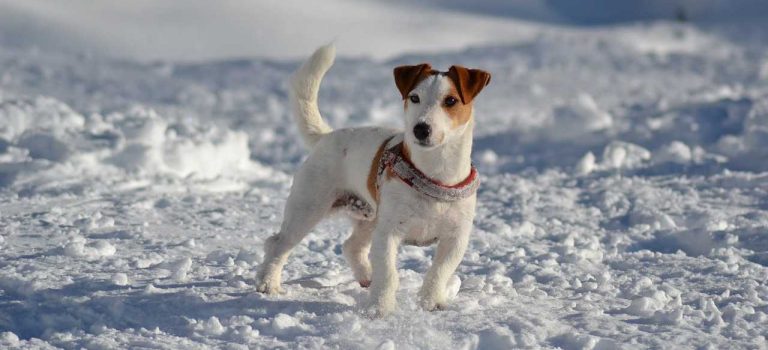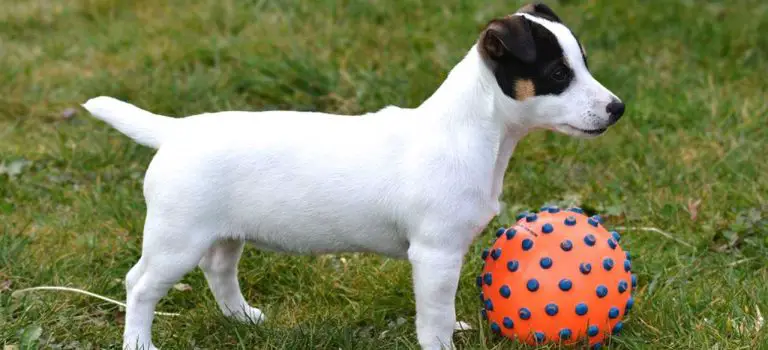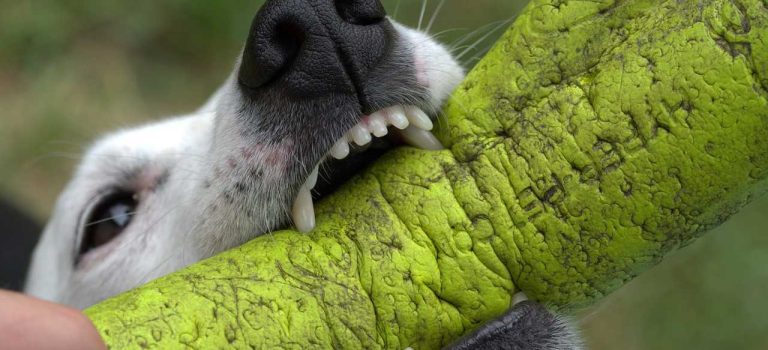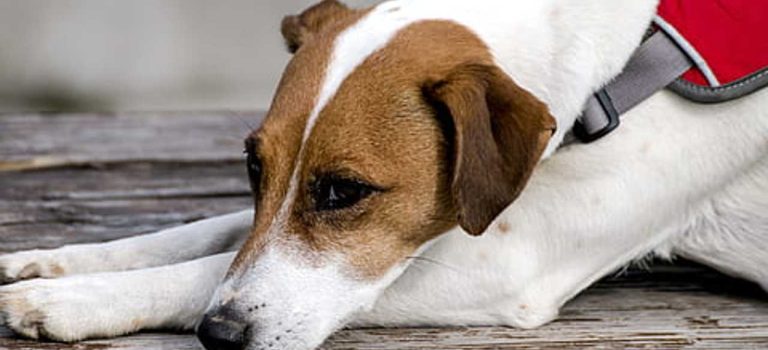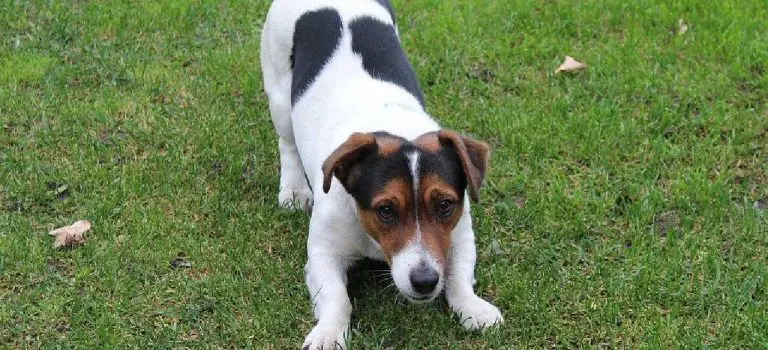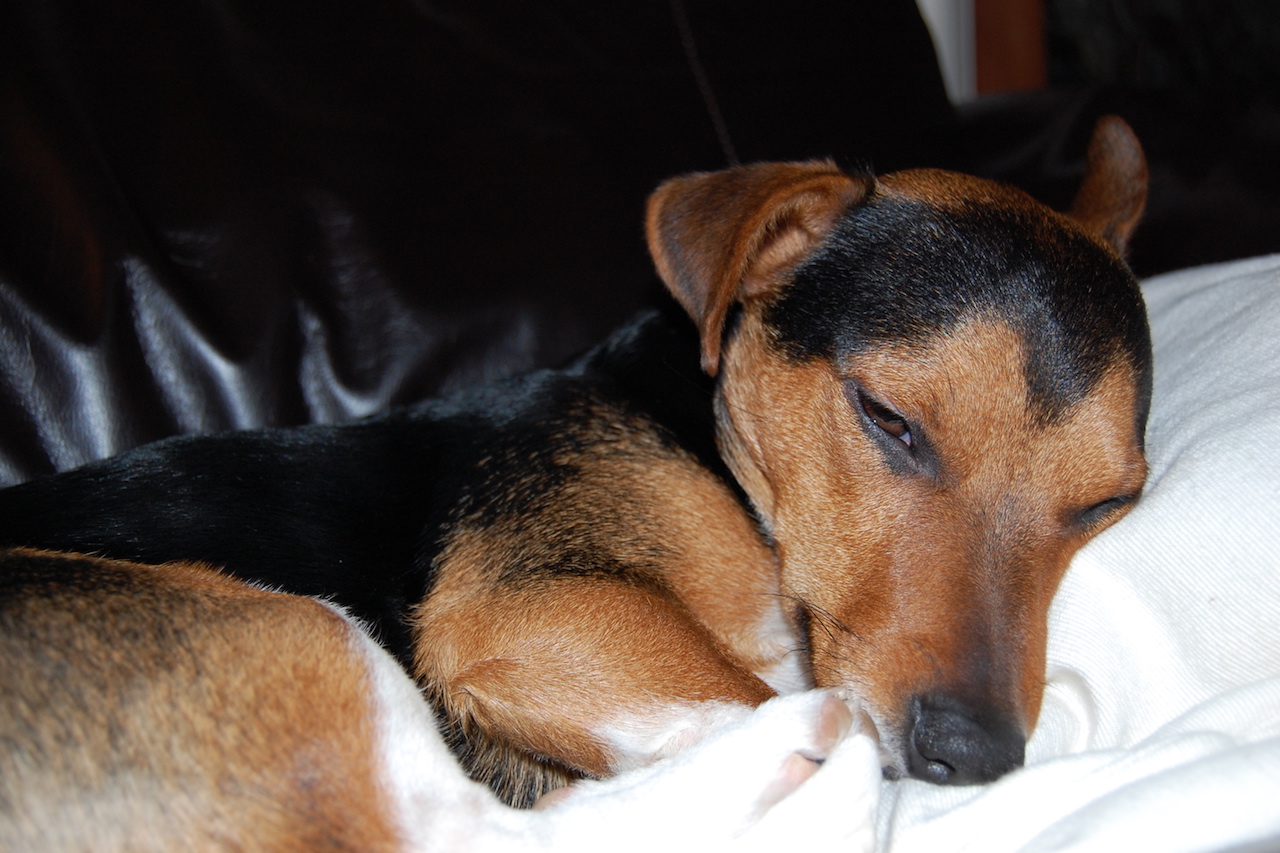What exactly is the best food for a Jack Russell terrier, and is it any different than other breeds? With so many selections at the pet store, how will you ever decide?
Take a look at our Jack Russell Feeding Guide here!
Carnivores and Animal Meat
Take a look at your dog. His teeth are pointed and are designed by nature to grab, hold and tear at animal meat, not grind like our human teeth.
All of his main senses, whether they be smell, hearing, or even sight, have evolved over hundreds of thousands of years- from the very first Wolf species- to augment his very powerful tracking and hunting skills.
Common sense will tell you nature intended dogs to thrive off of animal products. Fruits, vegetables and even grains have a role to play but aren’t as important.
Though dogs are scientifically classified as carnivores, they aren’t true obligate carnivores in the way cats are. Meat isn’t absolutely essential, and they probably won’t die without it. Your Jack can easily become malnourished on a poorly designed vegan diet, however!
“But why does it have to be meat?” you ask. “Why not plant protein?”
The answer lies mostly with the type of essential amino acids these proteins are built from. Essential amino acids are amino acids your dog needs to find in his diet, and his body can’t create on its own.
Most of the essential amino acids your dog needs in his diet can be found in meat products, whereas they are harder to find in fruits and vegetables.
Fruits and Vegetables are Still Important.
This doesn’t mean you want to feed your dog solely meats! Fruits and vegetables also offer valuable nutrients. Even grains are important. These shouldn’t make up the main percentage of your dog’s diet, but any high quallity diet will include its fair share of fruits and vegetables.
Wet vs Dry Dog Food
What in the world is the difference between these two? Why would one be recommended over the other? Should you opt for dry or wet dog food?
The main difference between wet and dry dog food is moisture content. Wet dog food is going to be much higher in moisture content, benefiting dogs that struggle with hydration or are experiencing digestion difficulties.
You might supplement your pet’s diet with wet food in a very hot or humid climate.
Older dogs that experience difficulties chewing may benefit from a wet food diet. Dental hygiene can become more problematic, so you might want to get in the habit of brushing your pup’s teeth.
Some breeders might transition their pups from mother’s milk to wet food before progressing to dry puppy food.
On the flip side, your Jack Russell might need to eat twice (or more) the amount of wet food to achieve the same level of nutrition the dry counterpart might offer.
There are pros and cons to each!
Recommended Brands
ORIJEN Original Grain-Free Dry Dog Food
Orijen is a premium quallity, top of the line manufactured dry dog food and one of the absolute best I’ve ever seen! All you have to do is take a look at the ingredient list to tell why. Not only are all of the upper ingredients premium, but you also won’t see a low quallity source among them.
- Orijen also offers a small breed formula. This food above is marketed for dogs 25 lb. +.
- 38% protein
- 18% fat
Taste of the Wild Dry Dog Food With Roasted Venison
Novel protein sources like venison and lamb make up the bulk of this high quallity brand. On top of that, your small breed food consists of smaller bite-sized kibble for your Jack’s smaller mouth. You want your dry dog food to be rich in both proteins and fat while limiting the carbohydrates compared to others.
Merrick Classic Healthy Grains Small Breed Recipe
Deboned chicken is the primary ingredient here, followed by chicken meal. Deboned meats are easier on a dog’s digestion, while a ‘meal’ is a concentrated source of meat protein. Omega fatty acids help support your pup’s skin and coat health, while other nutrients support joint health!
Quantity of Food
Exactly how many calories should your Jack Russell Terrier get? There are far too many variables to give you a perfect answer for your particular dog! This will depend upon things like:
Thankfully, you can calculate the average resting energy requirements for your little one, if the math doesn’t bother you. This is again just an average estimation.
(Dog’s body weight in kg) raised to the ¾ power, multiplied by 70
Example: A 10 kg (22 lb) Jack Russell Terrier adult would need 400 calories daily, according to this formula. Of course, this is on the larger side for a Jack!
Then there are further calculations that can be made to better specify this number. You can find those calculations here (Ohio State University).
Meals Per Day
You’ll want to split your feedings into two meals per day, for a healthy Jack Russell Terrier adult. This is normally split into 1.5 cups daily, but you’ll want to refer to your individual dog food packaging instructions.
Treats and Chews
What about dog treats and chews? These offer extremely useful training tools if nothing else! Can you offer too much though?
Too Many Carbs
You do want to watch the carbohydrates you offer your dog. Excess carbs can lead to weight gain, which can, in turn, open the door to a wealth of medical complications.
Believe it or not, an estimated 40% of adult dogs are already considered at least overweight in the United States! 25-30% of our domesticated canine populace is considered obese (VCA), which amounts to several million dogs.
Your manufactured dog food brand almost certainly already offers well over the number of carbohydrates a wild canid would get from his natural diet. Still, your dog should be fine with adequate exercise (which many never get, as you can see from the statistics above).
Then you are adding extra caloric sources like human treats or dog treats.
If you’re going to offer treat rewards, look for small ‘training rewards’ that come in packages of 500 or so. Your dog will lose his mind, while you’re able to keep those calories limited at the same time! You still want to limit the amount you hand out, even with these.
Watch the Sodium
Too much sodium/salt can not only lead to dehydration, but cause other medical issues also. Just like carbohydrates, you’re adding sodium to your dog’s recommended amount with every treat or bit of human food.
Normally this still wouldn’t be too much of a problem as long as your Jack Russell always has access to fresh, clean, cool drinking water. Unfortunately, many dog owners choose to limit their pet’s access to water, only offering it at certain times.
While it isn’t healthy to allow a dog to ‘free-feed’, you really shouldn’t limit access to drinking water.
Older Dogs & Weight Gain
A dog’s metabolism will begin to slow as he or she ages, just like ageing humans Your older dog will probably become less energetic, and won’t have the same desire for play and exercise. Wear and tear on those joints will become more apparent, leading to conditions like arthritis.
Exercise and proper nutrition are both even more important in older dogs!
If you enjoyed this article you might also like to read about Jack Russell Puppy Feeding Guide and Best Dog Treats for Jack Russell
